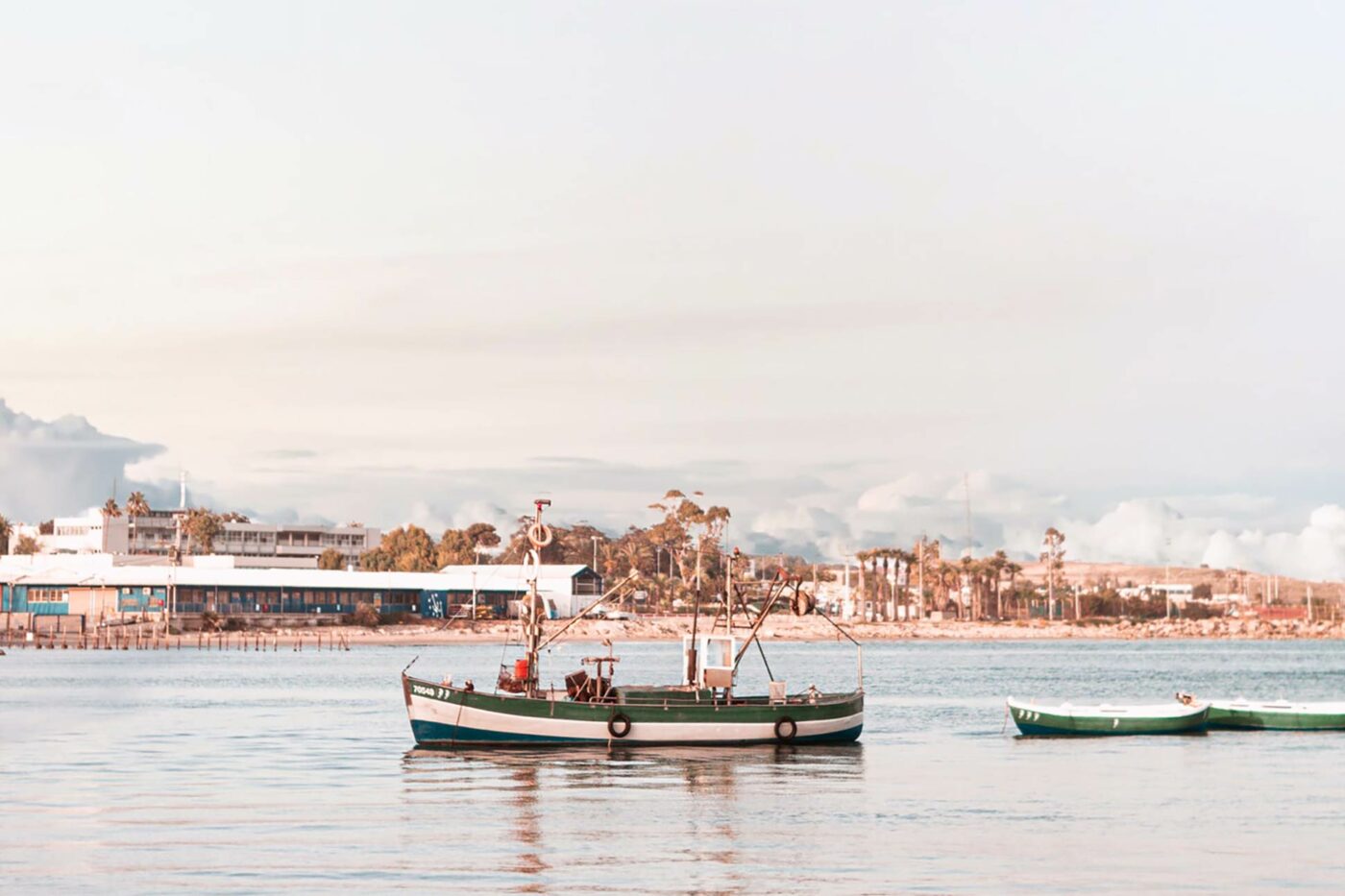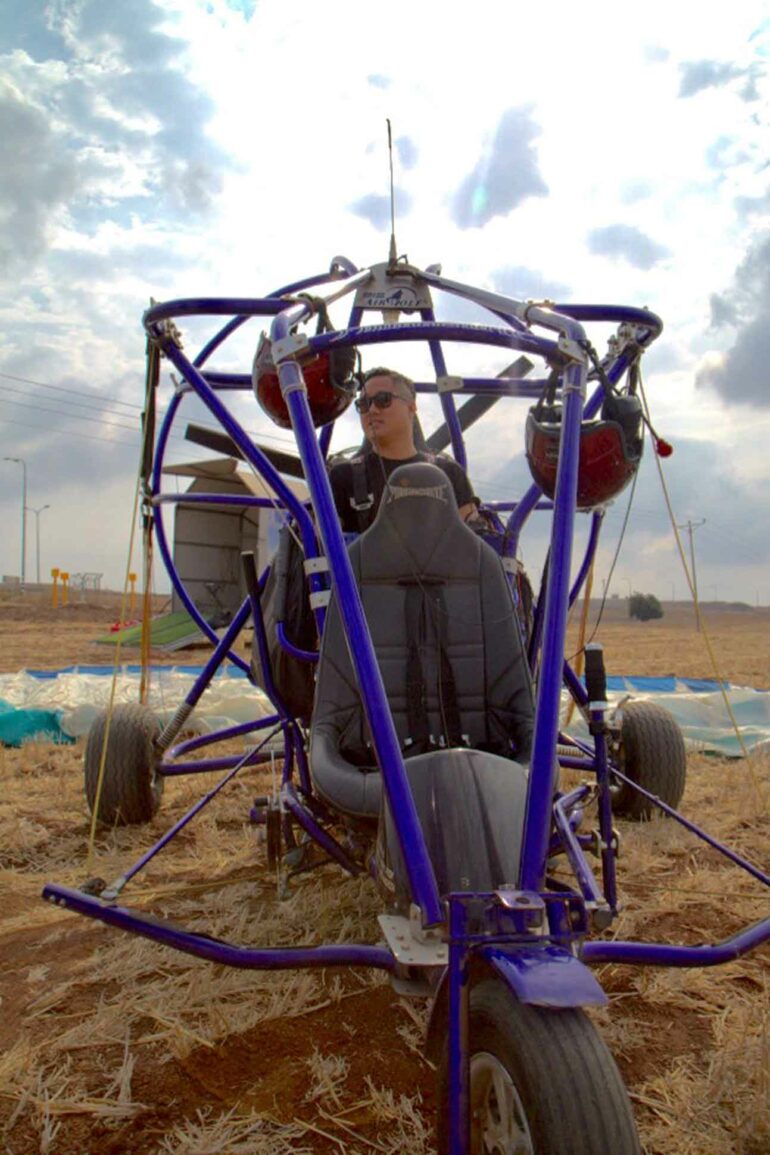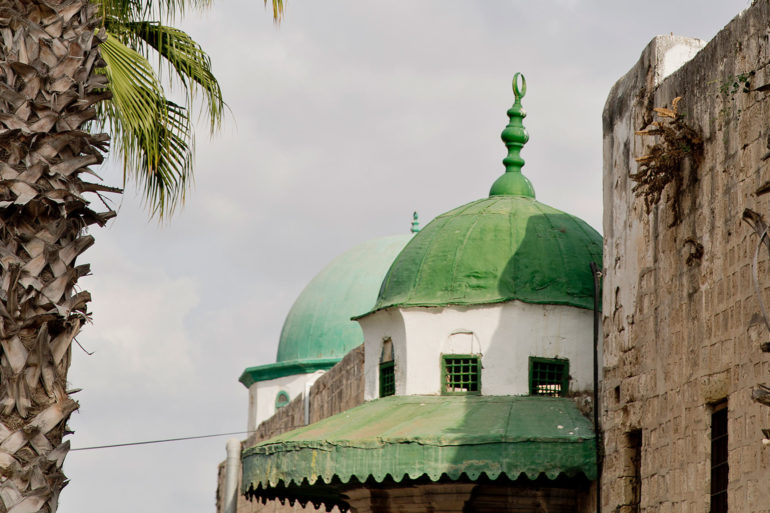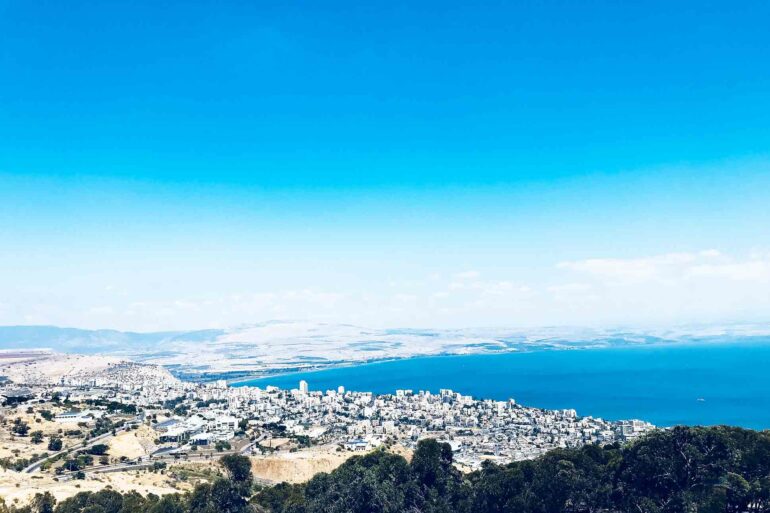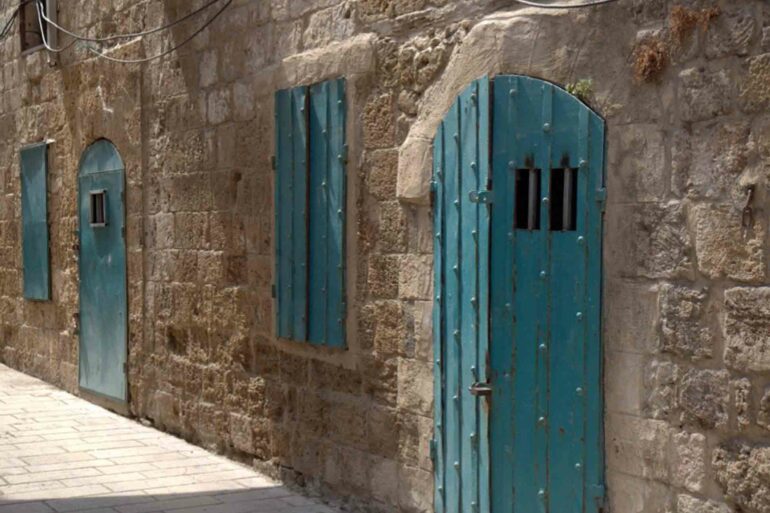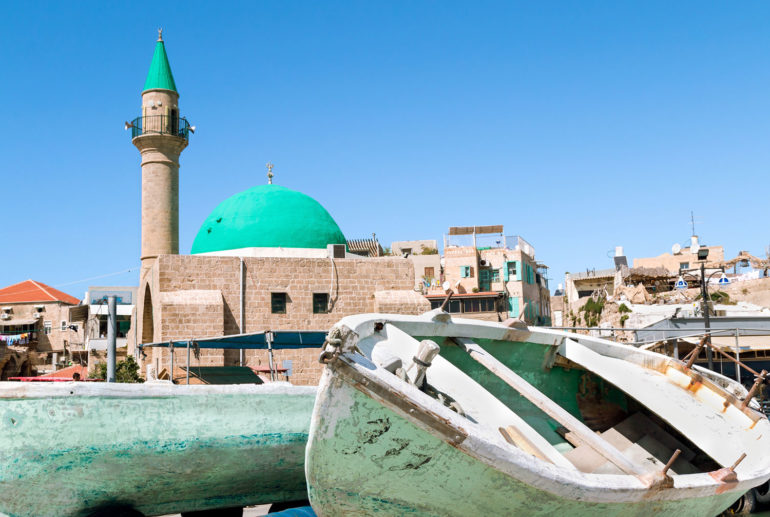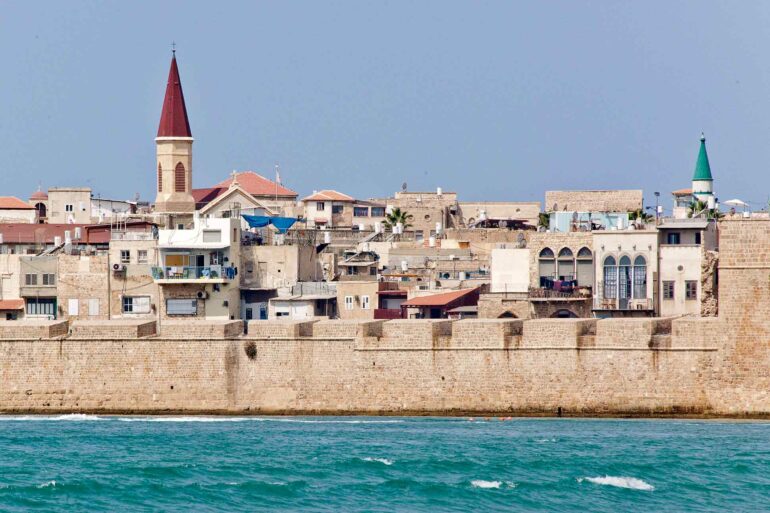It’s a bumpy but somewhat exhilarating ride and from up here, the view is spectacular. I start to learn what it is that Israelis love so much about their country. Back on terra-firma, I help Segev pack up the parachute and find out what motivates him to make a living by taking tourists around in an expensive, flying go-kart. Turns out, he has been a hobbyist pilot and trainer for a while. The idea just came to him one day. And true to the spirit of Israeli entrepreneurship, he went out, procured a craft with a passenger seat, made friends and business links with travel companies he knew nothing about and created a unique product.
“Blue sky thinking,” he calls it, waiting eagerly to see if I would notice the pun.
Back in the van, we’re heading towards Akko, a place I know nothing about. We drive up past a long stretch of beach and see the bastions and sea walls in the distance, on a peninsula jutting into the Mediterranean. Tamar tells me that this is the very same sight that first greeted the Crusaders, Marco Polo and even Napoleon throughout its 4,500 years of history. As we park up, I notice something different about the place. First, the huge mosques with their colourful domes and minarets. Then, the Arabic call to prayer. Children are playing in the streets, conversing playfully with each other in Arabic and Hebrew. It’s rough around the edges, but bewitching never-the-less, a UNESCO World Heritage site, a cacophony of sounds, sights and smells wafting down warren-like alleys, designed as if purely to disorientate non-locals. And from the city, looking back out, lies a deep blue sea, stretching across the Bay of Haifa to the Carmel Range, with the Galilee mountains to the north. It’s a stunning vista, but Akko’s real beauty lies in a secret all about secrets.
Tamar jumps into full tour guide mode and tells the story.
“500 years ago, Akko was a backwater fishing village. It had an illustrious past before that, as a strategic Muslim-empire port. It is they who built the city you see today, with its significant buildings. The history of the city before that was buried in legend, quite literally. That is until your people showed up.”
By ‘your people’ she meant the Brits. It turns out, in the British Mandate, the Army took over the city, turning its fort into a prison to hold Arab offenders and Jewish political dissidents. All prisons have a story about an audacious escape. True to form, this one had one, a significant one.
“The contrast between the gargantuan underworld – the remains of the ancient city – and life in today’s Akko is striking.”
At the end of WWII, a gang of prisoners planned to break out by digging a tunnel under the fortress. What they uncovered was spellbinding, a labyrinth of subterranean passages, leading to and from intricate architecture dating back to Crusader times. The story didn’t end well for the escapees but prompted the excavations that unearthed a majestic complex of perfectly preserved Crusader buildings, the Knight’s Halls. These massive, cavernous structures, spanned by imposing arches, are feats of construction. A wander through these echoing chambers is awe-inducing and what’s more fascinating is that they were originally built for religious tourism. A monastic, but military order known as the Hospitalers, were early-day travel entrepreneurs. They ‘code-shared’ with the Knight Templars to welcome pilgrims coming to the Holy Land. This was essentially a giant ‘resort’; dormitories, dining rooms and prayer rooms. But it is also a feat of engineering; arched tunnels stretch for miles under the city, at different levels. In some of them are streams of fresh water. The Ottomans who later seized the city wanted nothing to do with their Christian precursors, and so they buried the whole lot, building the city we see today on top of it. But we know that they didn’t even care to excavate what was there on their arrival because they built an aqueduct to bring fresh water in from the mountains. If only they knew that they were sitting on a very sophisticated irrigation system.
The tunnels pop up into a Turkish market at street level. The contrast between the gargantuan underworld – what remains of the ancient city – and life in today’s Akko is striking. People are munching on toasted paninis while puffing on Hookahs. A young girl on a hoverboard tries to roll along an ancient cobbled street. A covered, old market opens up into a car park where young Arab men are sat in pick-up trucks blaring out American rap on their stereo. All this with a scent of tobacco, salty air and the gentle sound of water lapping against the seawalls. If I could block out all the modern stuff, it would be like travelling back in time. Until of course, lo and behold, a hip restaurant that wouldn’t be out of place in London or New York appears in front of me, the famous Uri Buri.
Uwern’s out-of-the-box day-trip from Tel Aviv, including flying adventure, delicious lunch at Uri Buri, a tour of Akko and an all-day accompanying guide and vehicle was put together by Touring Israel, touted as Israel’s leading tour operator.
Photography by Martin Perry, Sangaku and via Unsplash


